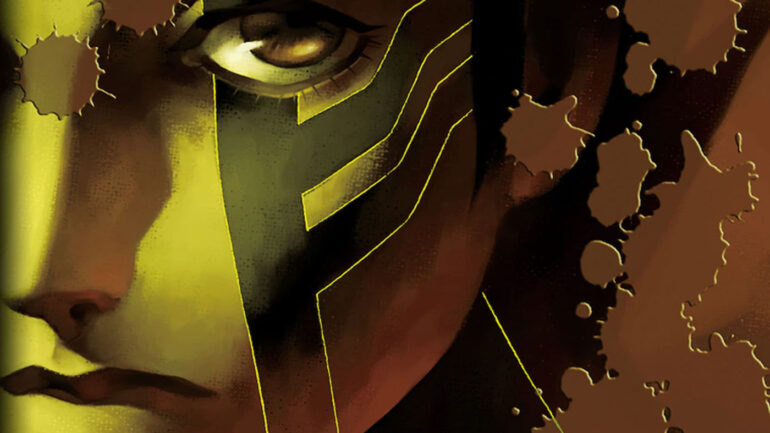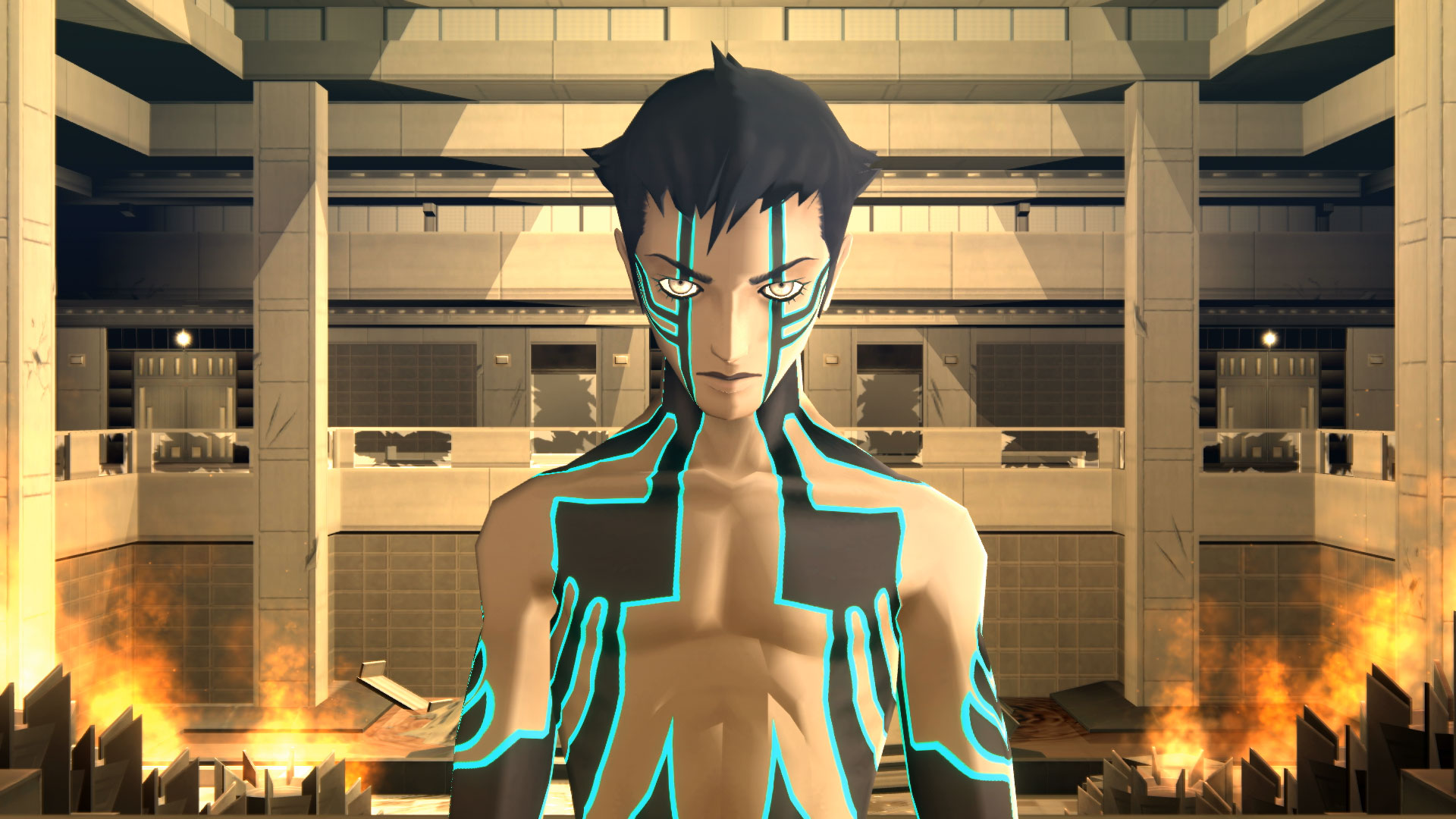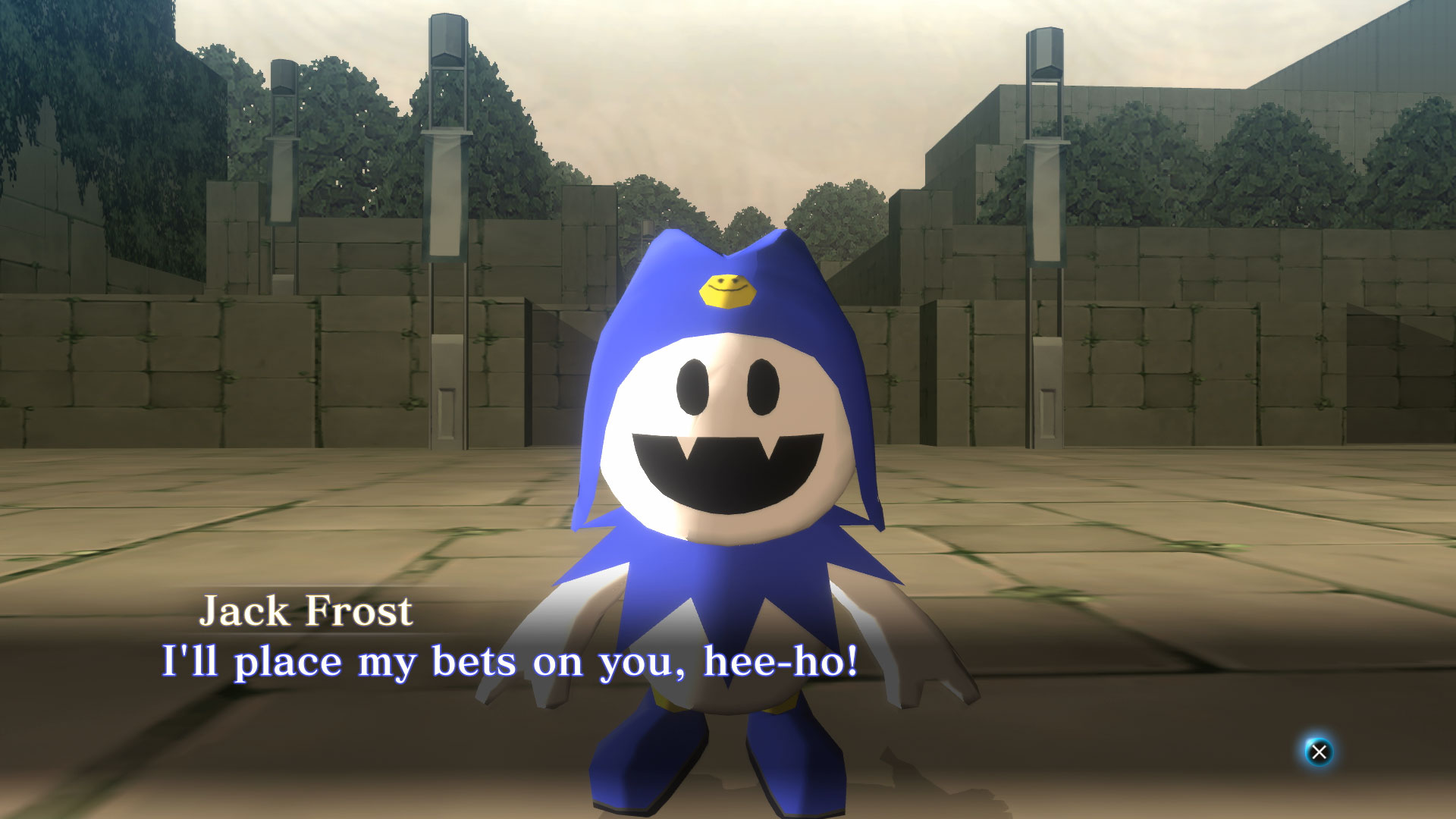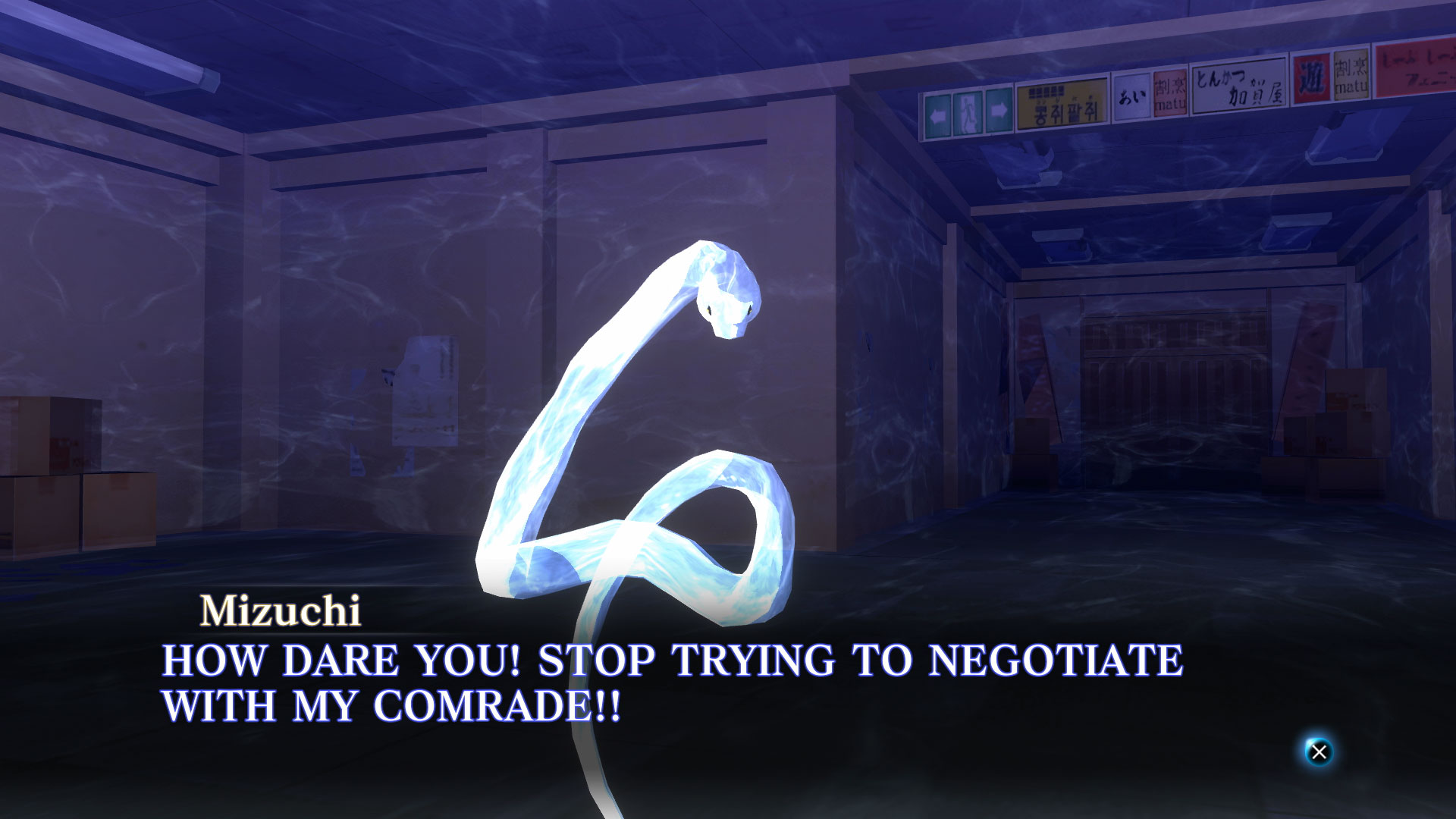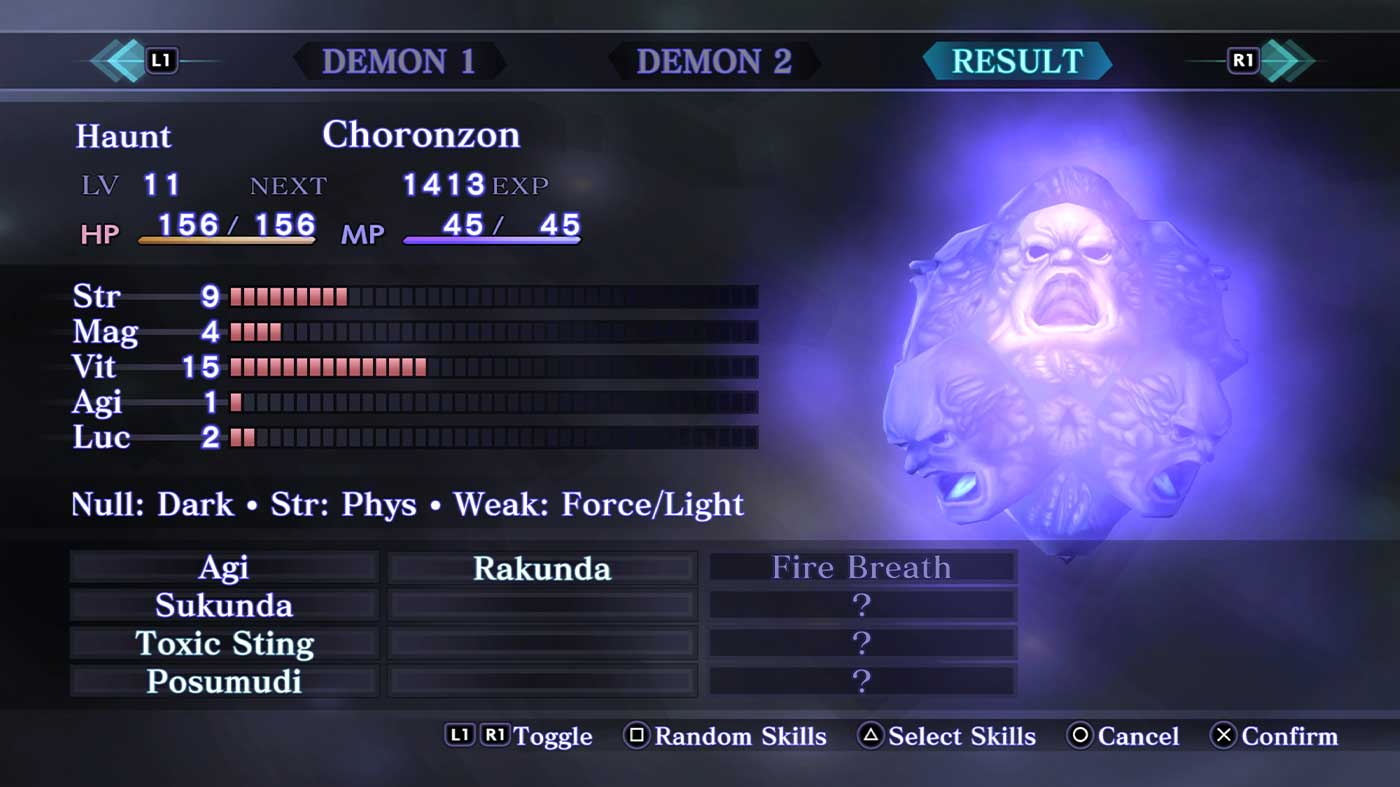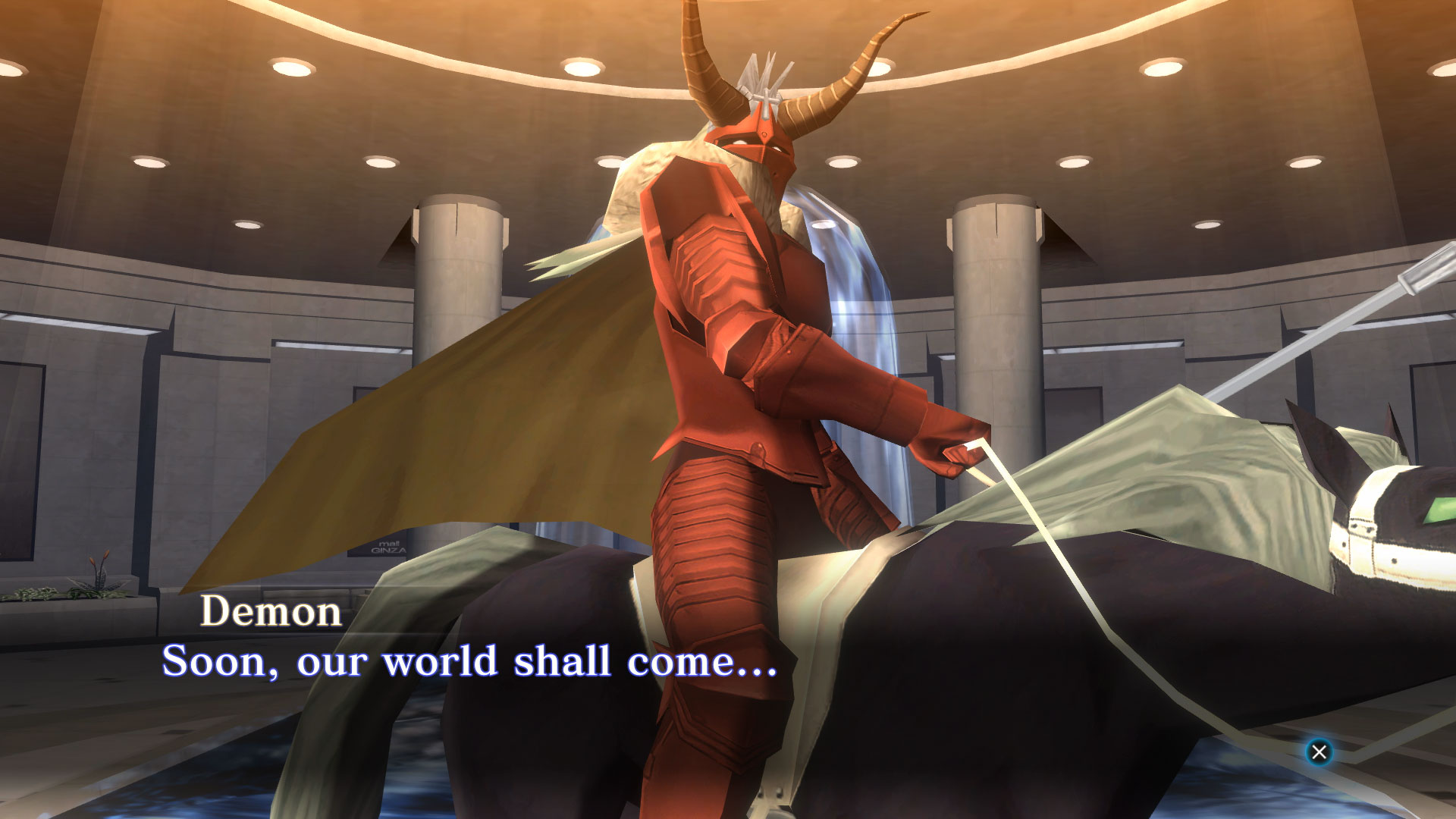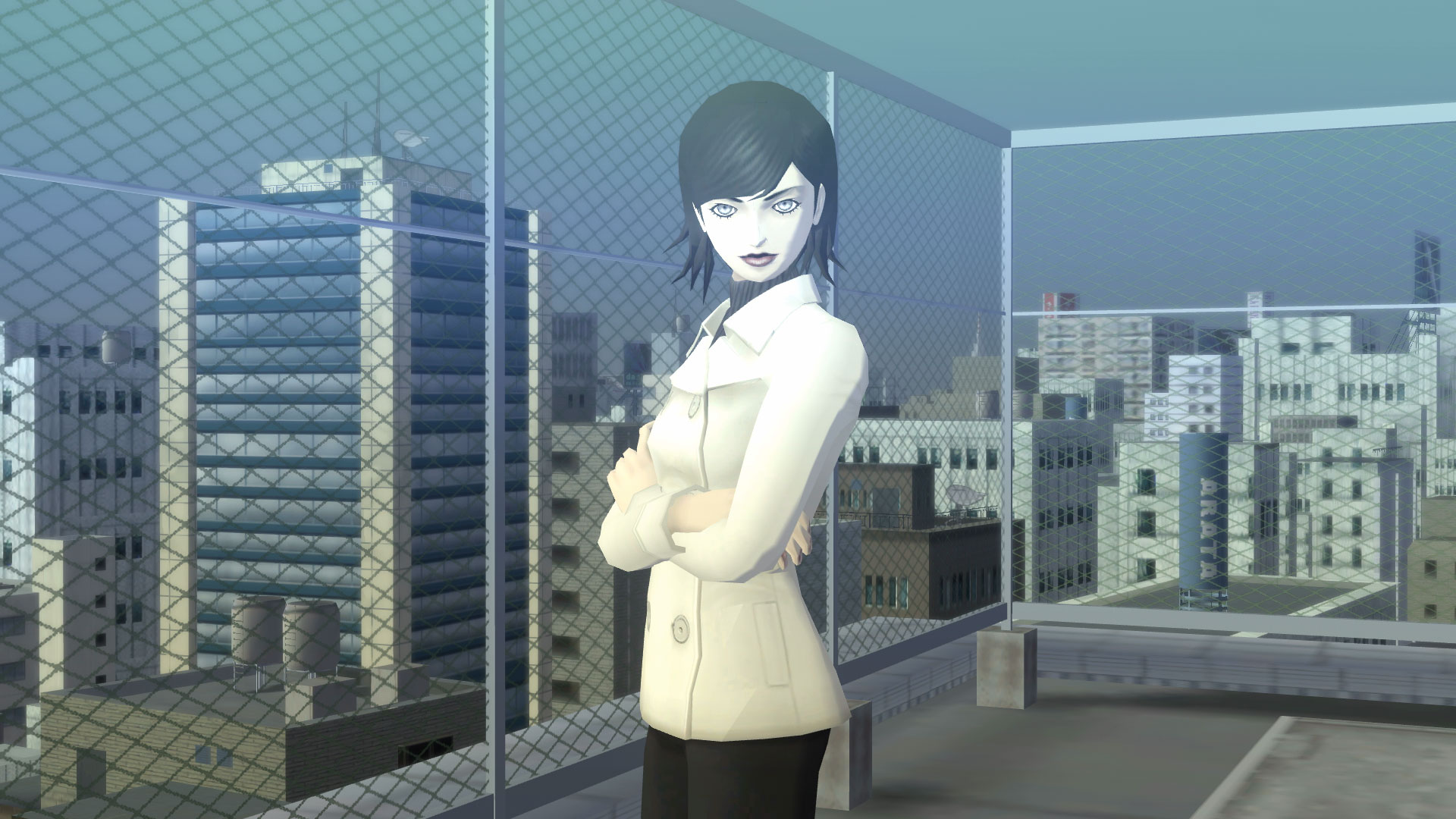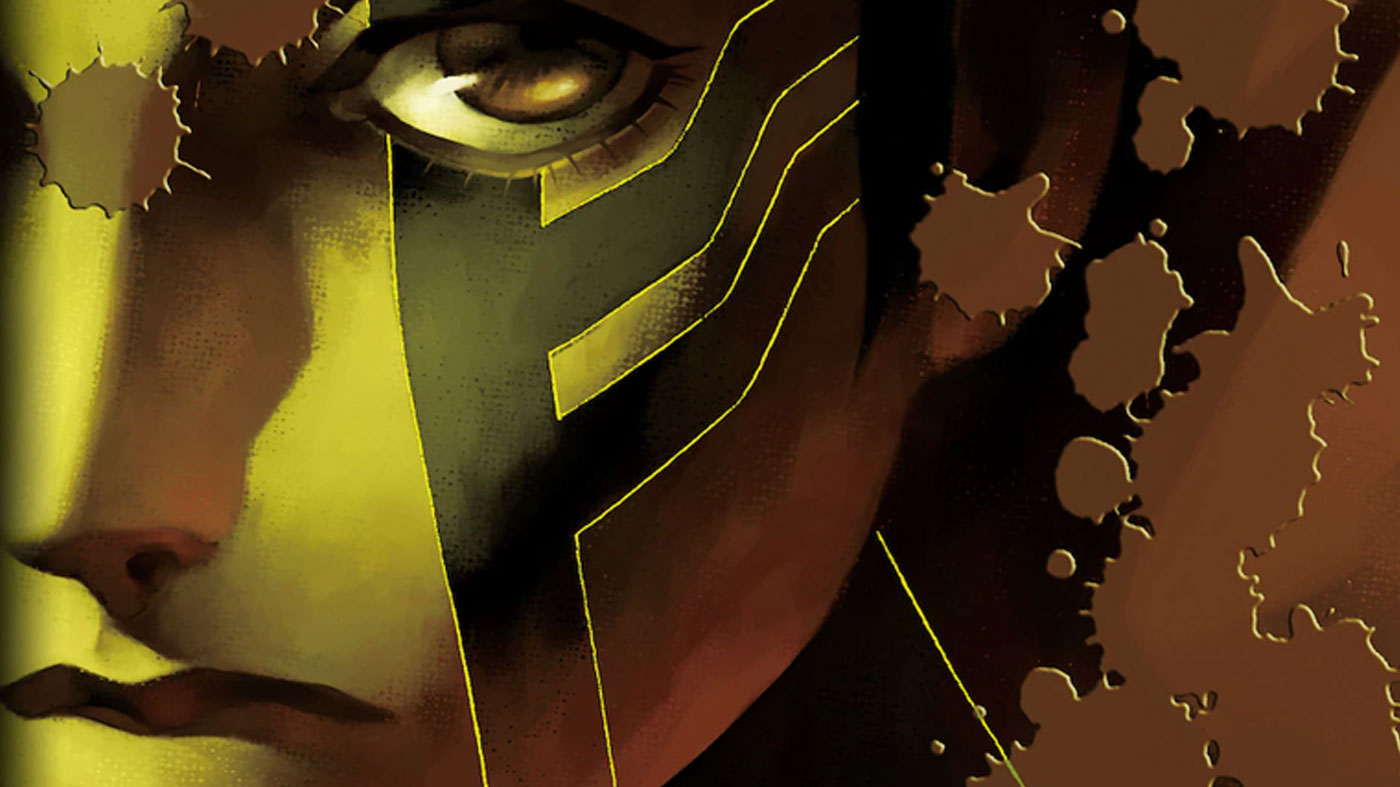It’s almost ironic now that Persona, a series initially spun off Shin Megami Tensei, is arguably more well known amongst players today. But the Persona games are few and far between, and for those who are fans of games like it, the options are few and far between. Finally, the game that started the Atlus RPG craze, Shin Megami Tensei III Nocturne, has now been given the HD Remaster treatment. But while the game is as solid as ever, it’s not quite had the shiny coat of paint it could have been.
Nocturne follows an unnamed protagonist who visits his sick teacher in hospital along with two other friends. Once your party arrives, it becomes clear that the hospital has been abandoned and that something strange is going on. Without ruining anything beyond the opening moments – the apocalypse begins, and the world ends. An enhanced demonic parasite gives your character special powers by none other than Lucifer himself, and you’re set on a quest to shape the new world.
It’s a bizarre storyline but one that I found oddly compelling. Each of the major characters finds themselves aligned with a “Reason,” which is essentially a set of principles unto which the new world will form. Each character you meet has their idea of a “Reason,” of which your alignment to them determines your ending. Each of them has its competing philosophies and mantras, which I empathised with, so none of them felt like the wrong choice. But it’s a degree of complexity to the characters that I enjoyed engaging with.
The game itself is a fairly typical RPG, however. You’ll travel from place to place, defeating enemies and bosses while levelling up and ensuring your party keeps up with the grind. Like I alluded to in my preview, the game shares many DNA with the Persona series. Many of the magic spells you’ll use share the same names, and most of the demons you’ll encounter are more or less the same too. I don’t say this as a bad thing; mind you it offers the perfect opportunity for Persona fans to jump straight in. Chances are you’ll be able to find yourself quickly comfortable with the minutiae of both battles and exploration.
Turn-based games have an unfair reputation for being slow amongst newer fans. Still, Nocturne does it’s best to keep things interesting, especially for a game released eighteen years ago. Called the “Press-Turn” system, it sees your player character and three other demons taking turns to input commands. The unique aspect here is that every time an action is performed that exploits an enemy’s weakness OR results in a critical attack, the party gains one more action. One of your attacks being blocked or missed means you’ll have one removed.
The enemies are, similarly, governed by the same rules too. This means that Nocturne is best enjoyed if you’re willing to learn your enemies’ weaknesses and exploit them properly to make the most of each turn. It’s an easy ask – so many abilities will reveal weaknesses to you – and it gives an additional layer of strategy to the battles that I enjoyed. It can be so easy to fall into the trap of just mashing buttons through battles, casting your favourite spells, and just moving on. Perhaps that’s a damning admission of my own habits as a player, but the battle system in Nocturne made me really think about what I was doing with each turn.
Another layer is delicately laid over the top of everything with the demons themselves. You’ll want to try and build up a varied team of them, and sometimes, much like Pokémon, you will want to capture them rather than defeat them. Each of the demons has a specific personality that you’ll have to pander to as an attempt to get them to join your cause. Some will ask for items; some will join straight away.
While I missed having a merry crew of characters to engage with on my journey, having demons that I didn’t care about was a boon for me. It encourages experimentation with the fusion system. Once again, in a similar fashion to Persona, demons can be fused or evolved to create more powerful ones. In addition, HD Remaster introduces more flexibility over which skills will be inherited after fusing demons. This feature alone makes it a massive improvement over the original.
But when you’re not fighting demons and messing with stats to create the very best creations, you’ll be dungeon crawling. While dungeon crawling is such an integral component of both the Shin Megami Tensei and Persona games, it feels very of its time here. You can really appreciate how far the teams at Atlus have come in giving their environments some density of detail. Still, this is a pure dungeon-crawling experience that feels like a product of its time, for better or worse.
Speaking of difficulty, Nocturne is a tough game. It’s incredibly unforgiving, offering little reprieve from enemies in dungeons as well as boss battles that really, really fight to make sure you understand every aspect of their weaknesses. It’s a degree of challenge (and subsequent reward and satisfaction) that I’m used to, but it’s bound to be off-putting for the more casual player. Thankfully, with the addition of the new Merciful difficulty option, selectable at any time, it seems Atlus recognised this too. So even though Nocturne is a difficult game by design, this new difficulty makes it more than approachable for any newcomer.
Regardless of what difficulty you play, there’s still a heap to do and see in the new world. You’ll easily get at least fifty or so hours out of this, but exploring the optional dungeons and completing all side quests can easily take this to anywhere between eighty to a hundred hours. The optional content is just okay. It alleviates the grinding in a less tedious way than usual, but it gives a good option for players who want to be better without lowering the difficulty.
Unfortunately, Nocturne’s most significant shortfall is its presentation. While the demon design and art direction are top-notch, this HD Remaster feels lacking in many aspects visually. Everything looks crisper, owing to its huge resolution increase, but the game still runs at a meagre 30 frames per second. I’ve seen the argument it doesn’t need to, given that it’s a turn-based RPG, but given how sparse this game looks already, it still seems like a bizarre choice. Similarly, the cinematics are still presented in their original 4:3 aspect ratio with stylised borders, dating the whole experience quite a bit.
But one major improvement is a double-edged sword. Nocturn HD Remaster features fully voiced dialogue now. Even though I can acknowledge the monumental localisation efforts this would have taken; it’s clear the script wasn’t written for it. Characters will often skirt around other characters’ names (given that they’re customisable), and it just feels jarring. Still, the addition of voice work elevates many of the crucial scenes in the game and shouldn’t be discounted. The soundtrack is, similarly, quite good. Lots of guitars, giving it a distinctly different feel to Persona, but still great.

